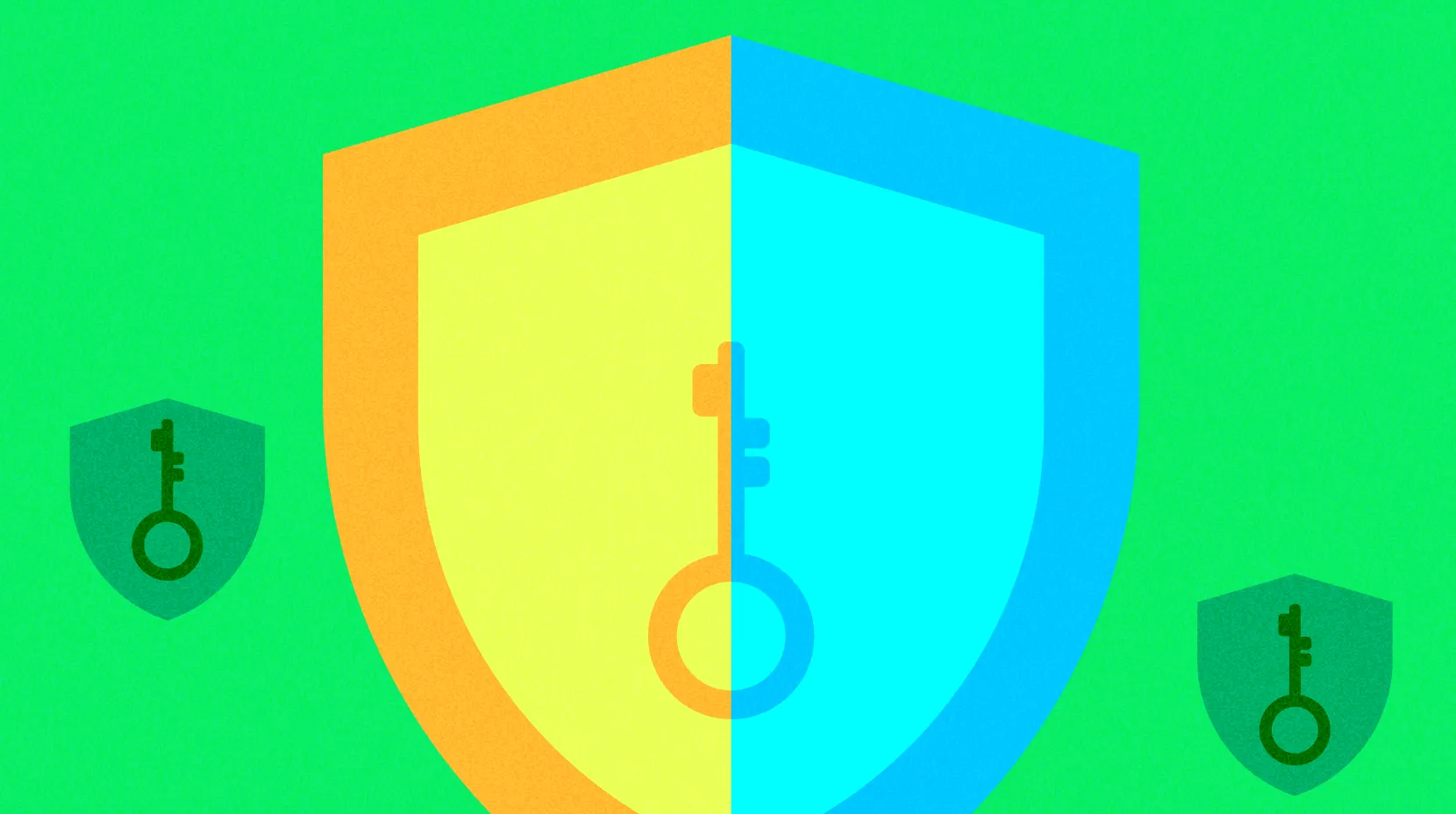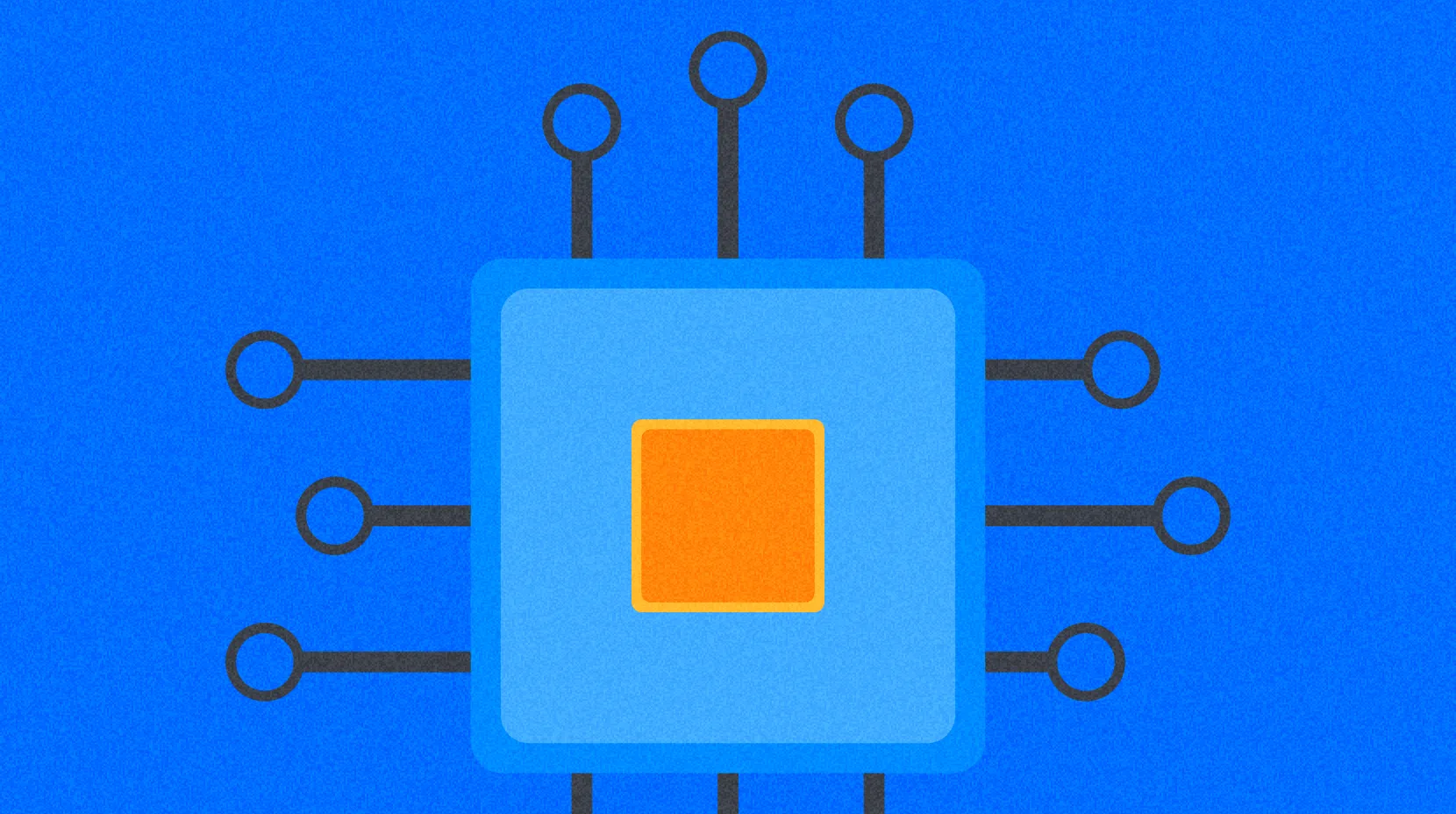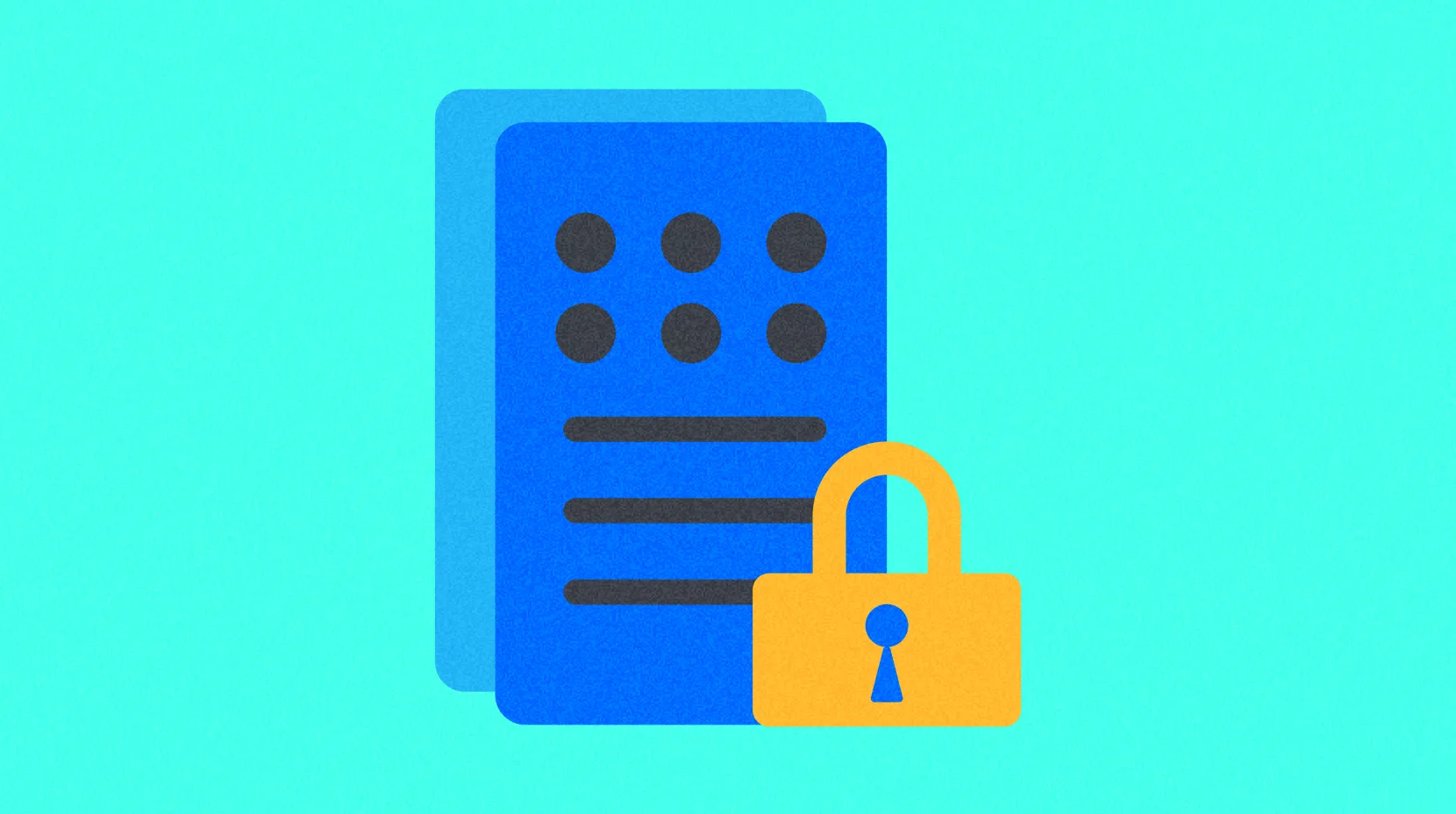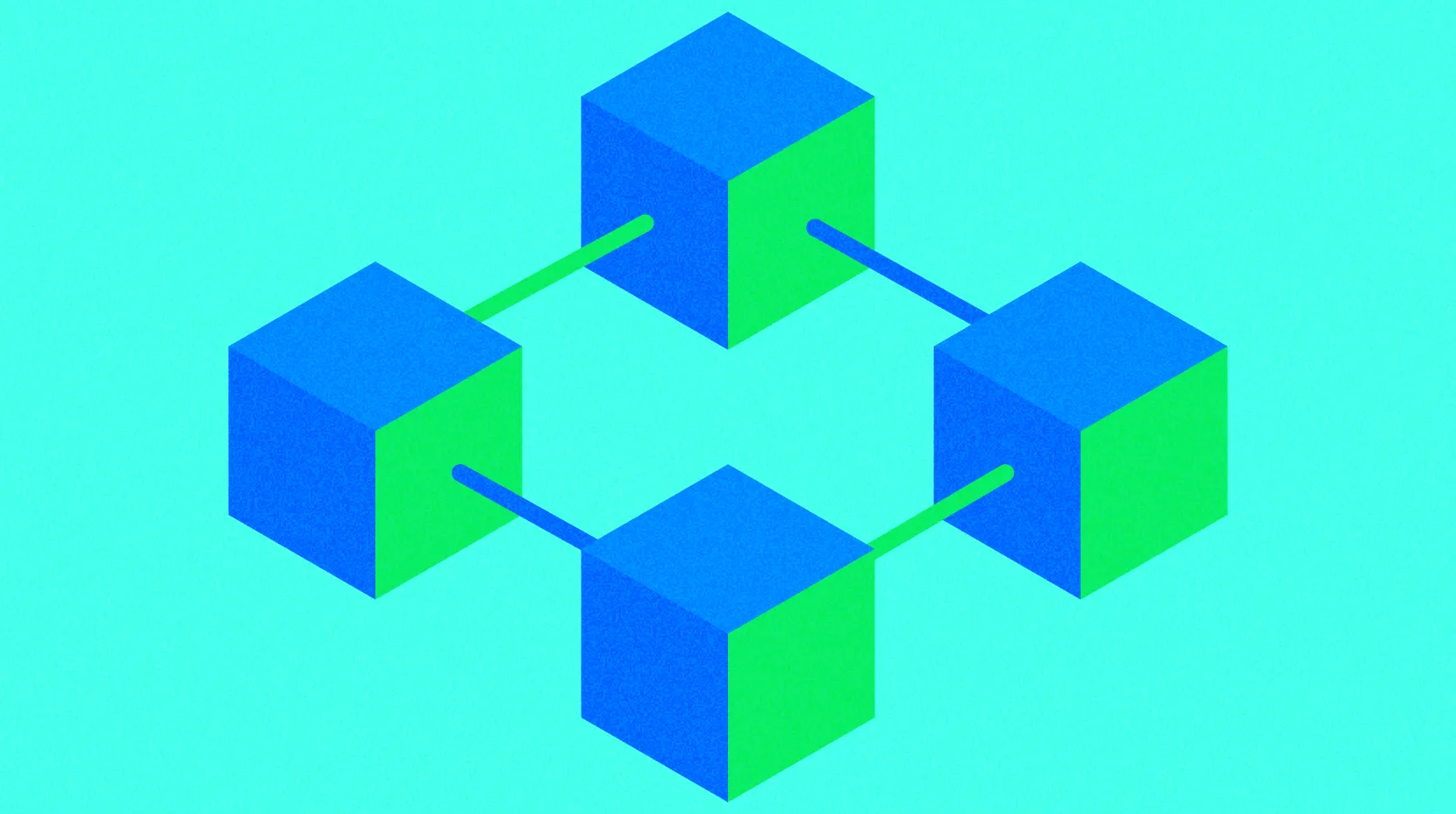Diventa un esperto di criptovalute con il corso di Gate Learn
Arricchisci la tua conoscenza sulle criptovalute con fiducia in ogni fase del tuo percorso di trading!

Argomenti del mondo delle criptovalute
Corsi (256)

Options Combination Strategies
Advanced
5 lezioni
0 studente
Options Combination Strategies
Options Combination Strategies
This course provides a comprehensive overview of advanced combination strategies for digital currency derivatives Options.
Participants have already completed the beginner and intermediate options courses and are familiar with options trading rules on the Gate, basic options strategies, and the characteristics of risk indicators (Greeks).
Starting from this advanced course, we will explain options combination strategies, learning these advanced strategies to address different trading opportunities in the market while managing risks.

Introduction to Encrypted Data Availability & the Private Rollup Stack
Intermediate
5 lezioni
0 studente
Introduction to Encrypted Data Availability & the Private Rollup Stack
Introduction to Encrypted Data Availability & the Private Rollup Stack
Encrypted Data Availability (EDA) is an emerging solution to one of the biggest challenges in modular blockchain design: how to keep transaction data verifiable without exposing sensitive information. Traditional rollups publish transaction data in plaintext to ensure security, but this transparency prevents enterprises, regulated industries, and privacy‑focused applications from adopting them. By encrypting data before it reaches the availability layer, private rollups can achieve confidentiality while maintaining verifiability and scalability. This course explores the technologies, architectures, and real‑world use cases driving this next evolution in blockchain infrastructure.

Crypto Options
00:58:53
Beginner
10 lezioni
202 studenti
58min
Crypto Options
Crypto Options
If you are interested in diversifying your operations in a market with great potential and still little explored, this course is for you.
In this free course, you will learn how to start trading options directly with cryptocurrencies and take advantage of market opportunities.

Introduction to Zero‑Knowledge Coprocessors
Intermediate
5 lezioni
0 studente
Introduction to Zero‑Knowledge Coprocessors
Introduction to Zero‑Knowledge Coprocessors
Zero‑Knowledge Coprocessors (ZK Coprocessors) are a new advancement in blockchain technology that combine off‑chain computation with on‑chain verification. They allow blockchains to process complex or data‑heavy tasks without compromising security or decentralization. By generating cryptographic proofs, ZK Coprocessors ensure that off‑chain computations can be trusted without having to repeat them on‑chain.
This course provides a comprehensive understanding of ZK Coprocessors, from basic concepts and cryptographic foundations to real‑world applications and future research directions. It is designed to bridge the knowledge gap for both beginners and experienced blockchain developers seeking to explore this emerging field.

Introduction to Saros
Intermediate
5 lezioni
6 studenti
Introduction to Saros
Introduction to Saros
Saros is a decentralized finance protocol built on Solana, offering integrated services for trading, staking, farming, identity management, and governance. This course presents a detailed examination of how Saros operates, how its components are structured, and how users engage with the platform. Learners will gain practical understanding of Saros's architecture, token utility, and governance systems designed to support long-term protocol sustainability.

Introduction to Bitcoin Layer-2s
Intermediate
5 lezioni
0 studente
Introduction to Bitcoin Layer-2s
Introduction to Bitcoin Layer-2s
Bitcoin Layer-2s are solutions built on top of Bitcoin to help it scale, reduce costs, and unlock programmability without changing the base protocol. This course introduces the major Layer-2 architectures, how they work, and what trade-offs they involve.

Introduction to MEV-Resistant Order-Flow and SUAVE Stack
Intermediate
5 lezioni
1 studente
Introduction to MEV-Resistant Order-Flow and SUAVE Stack
Introduction to MEV-Resistant Order-Flow and SUAVE Stack
This course introduces MEV (Maximal Extractable Value) as a critical challenge in blockchain systems and explores how SUAVE (Single Unifying Auction for Value Expression) offers a chain-agnostic, privacy-preserving, MEV-resistant execution environment. You'll learn how encrypted order-flow, universal auctions, and programmable execution combine to create a fairer and more efficient infrastructure.

Introduction to Grass
Intermediate
5 lezioni
1 studente
Introduction to Grass
Introduction to Grass
Grass is a decentralized bandwidth-sharing protocol that compensates users for contributing their unused internet connection. This system supports public web data collection, which is then used in AI model training. The protocol is structured to ensure user privacy, efficient routing, and transparent reward mechanisms. Learners will understand how Grass transforms idle bandwidth into a structured data infrastructure through cryptographic verification, staking, and token-based incentives.

Introduction to Distributed Validator Technology
Beginner
5 lezioni
0 studente
Introduction to Distributed Validator Technology
Introduction to Distributed Validator Technology
Distributed Validator Technology (DVT) allows a single Ethereum validator to be operated by multiple independent nodes, improving decentralization, fault tolerance, and uptime. This course introduces DVT in the context of Ethereum’s staking challenges and its growing role in modular blockchain infrastructure.

ETF Leveraged Tokens — Product Guide
Intermediate
5 lezioni
755 studenti
3min
ETF Leveraged Tokens — Product Guide
ETF Leveraged Tokens — Product Guide
This course provides a systematic explanation of the core mechanics behind ETF leveraged tokens — a product designed to deliver multiple times the daily returns of an underlying asset by hedging in the perpetual futures market. These tokens are high-risk, high-volatility instruments, best suited for short-term swing trading or hedging strategies.
When used properly, leveraged tokens can amplify gains or hedge market risk, offering key advantages such as:reduced losses in downtrends, and enhanced profits in uptrends.

Introduction to ZK Coprocessors & Proof Networks
Intermediate
5 lezioni
1 studente
Introduction to ZK Coprocessors & Proof Networks
Introduction to ZK Coprocessors & Proof Networks
Zero-knowledge proofs are transforming how blockchain applications handle computation, privacy, and scalability. This course explores ZK coprocessors, powerful off-chain engines that perform computation and generate cryptographic proofs, and the proof networks that deliver them to smart contracts. Learners will gain both foundational understanding and exposure to advanced tools and real-world use cases across DeFi, cross-chain messaging, and AI verification.

Introduction to Intent Based DeFi & Trading
Intermediate
5 lezioni
1 studente
Introduction to Intent Based DeFi & Trading
Introduction to Intent Based DeFi & Trading
This course introduces a new frontier in decentralized finance—intent-based DeFi. Instead of rigid, transaction-based protocols, intent-based systems allow users to express what they want, not how to do it. By separating the “intent” from the “execution,” this approach improves UX, enables cross-chain interoperability, and opens doors to automated DeFi workflows.

Introduction to Tokenized Treasuries and On-Chain Bonds
Intermediate
5 lezioni
20 studenti
Introduction to Tokenized Treasuries and On-Chain Bonds
Introduction to Tokenized Treasuries and On-Chain Bonds
Tokenized treasuries and on-chain bonds represent a transformative shift in how fixed-income instruments are issued, traded, and managed using blockchain technology. This course explains how these digital assets work, explores their legal and technical foundations, and shows how they bridge traditional finance (TradFi) and decentralized finance (DeFi).

Basic Options Strategies & The Greeks
Intermediate
4 lezioni
9 studenti
Basic Options Strategies & The Greeks
Basic Options Strategies & The Greeks
After gaining a foundational understanding of options in the beginner course, the intermediate course explores the fundamental strategies used in digital currency options trading. Starting with the most common single-leg contracts—call and put options, we will be explaining when to use each strategy and how to calculate the profit/loss (PNL) breakeven point. Through this course, you'll gain an insight into the different types of blockchain options products available on Gate, learning basic concepts related to options pricing from a mathematical perspective, and get introduced to the key risk management metrics known as the Greeks. By the end of the first two chapters, you'll be able to place simple options trades on the Gate platform and manage your risk effectively.

Introduction to Omnichain Smart Contracts & Cross-Chain Messaging
Intermediate
5 lezioni
0 studente
Introduction to Omnichain Smart Contracts & Cross-Chain Messaging
Introduction to Omnichain Smart Contracts & Cross-Chain Messaging
This course offers a complete understanding of how omnichain smart contracts and cross-chain messaging are shaping the next era of decentralised applications. You’ll explore the infrastructure, protocols, and practical implementation techniques that power seamless interactions across multiple blockchain networks.